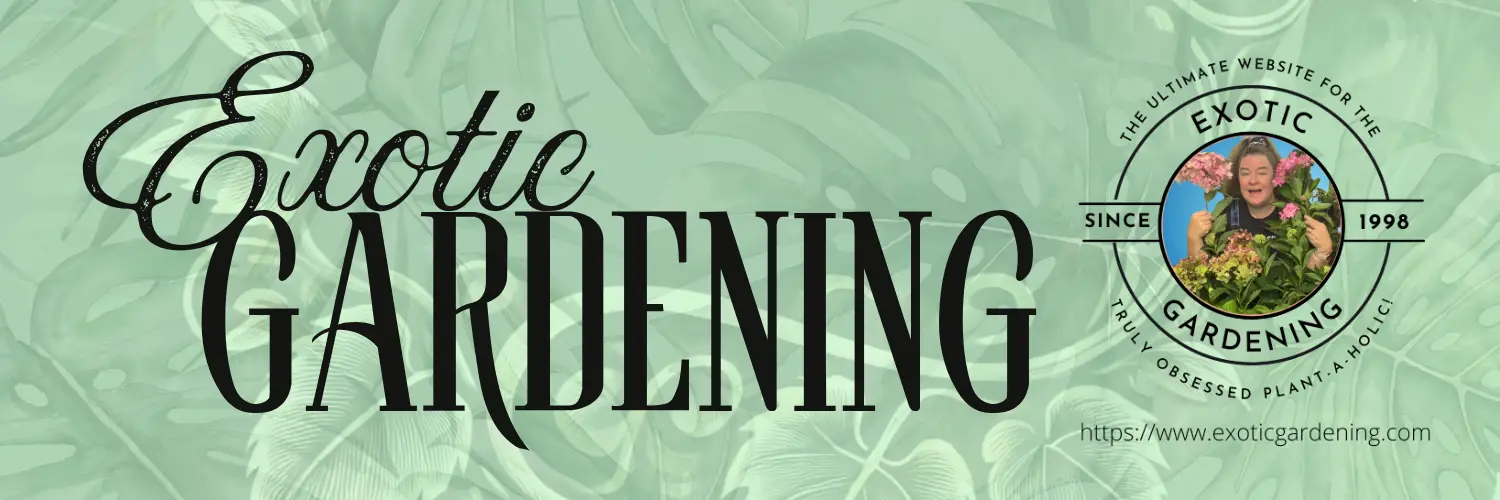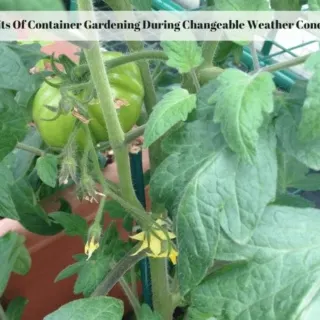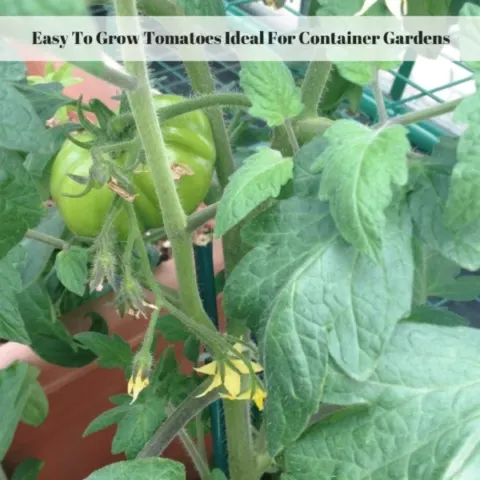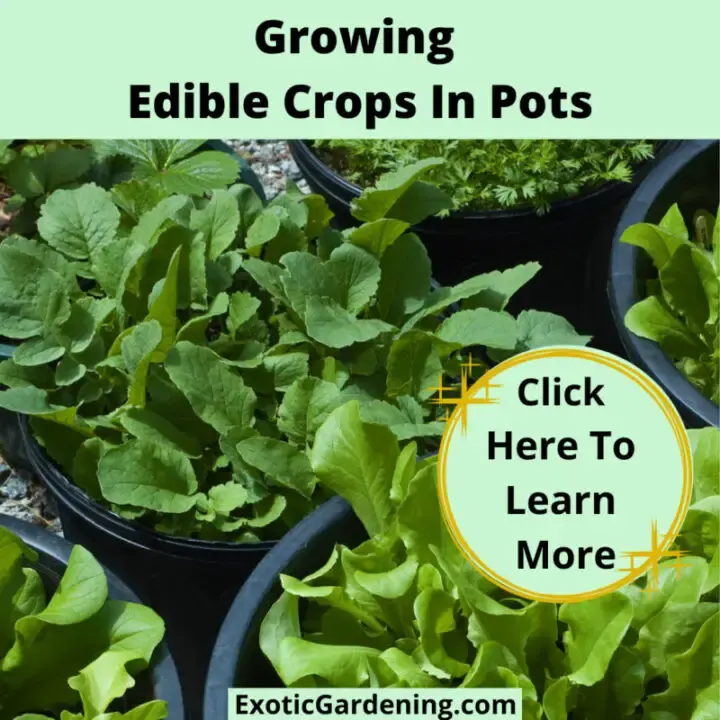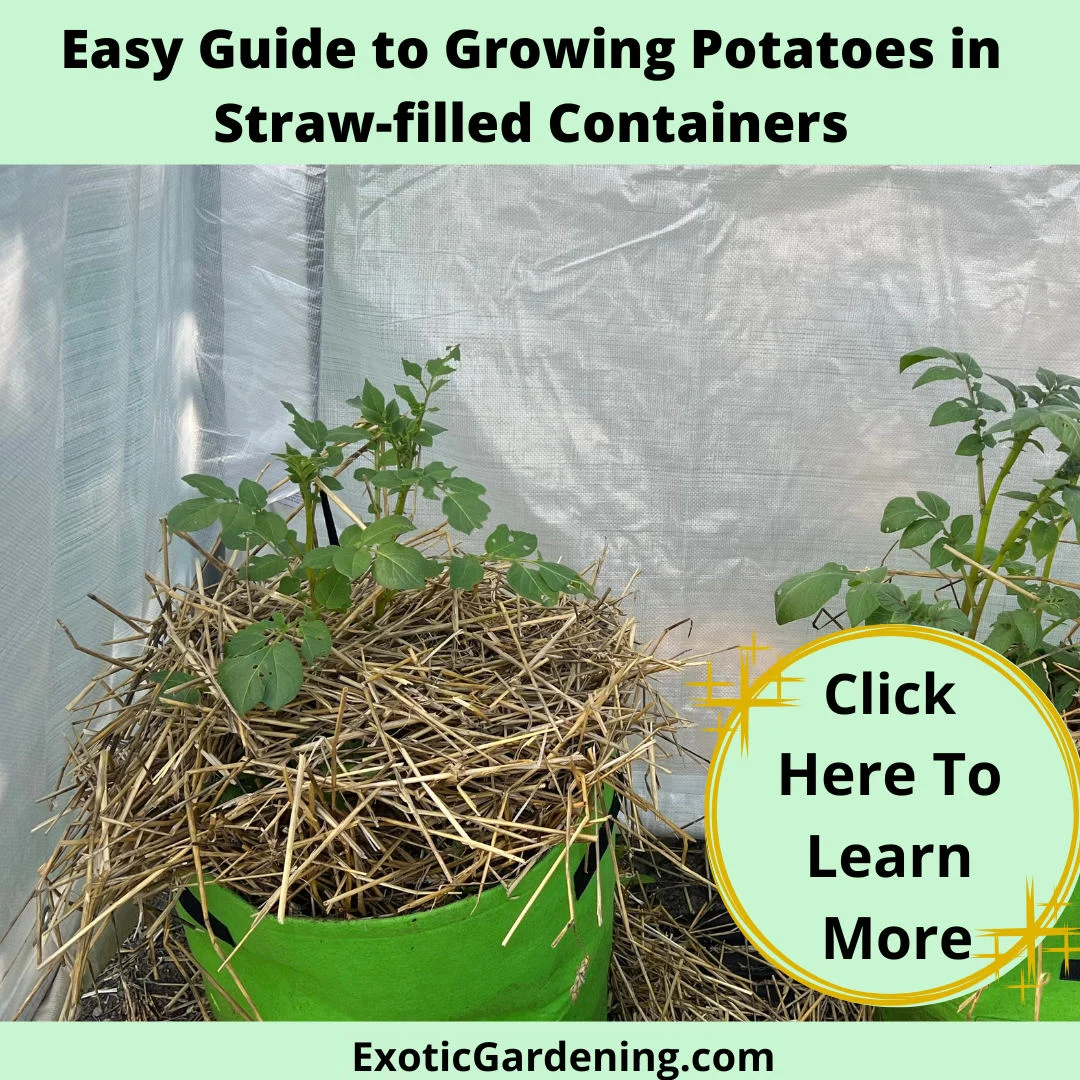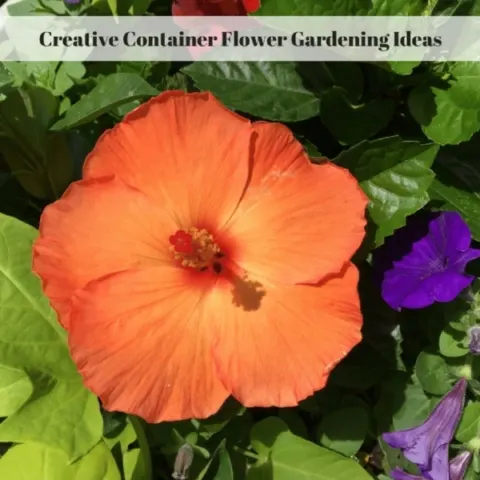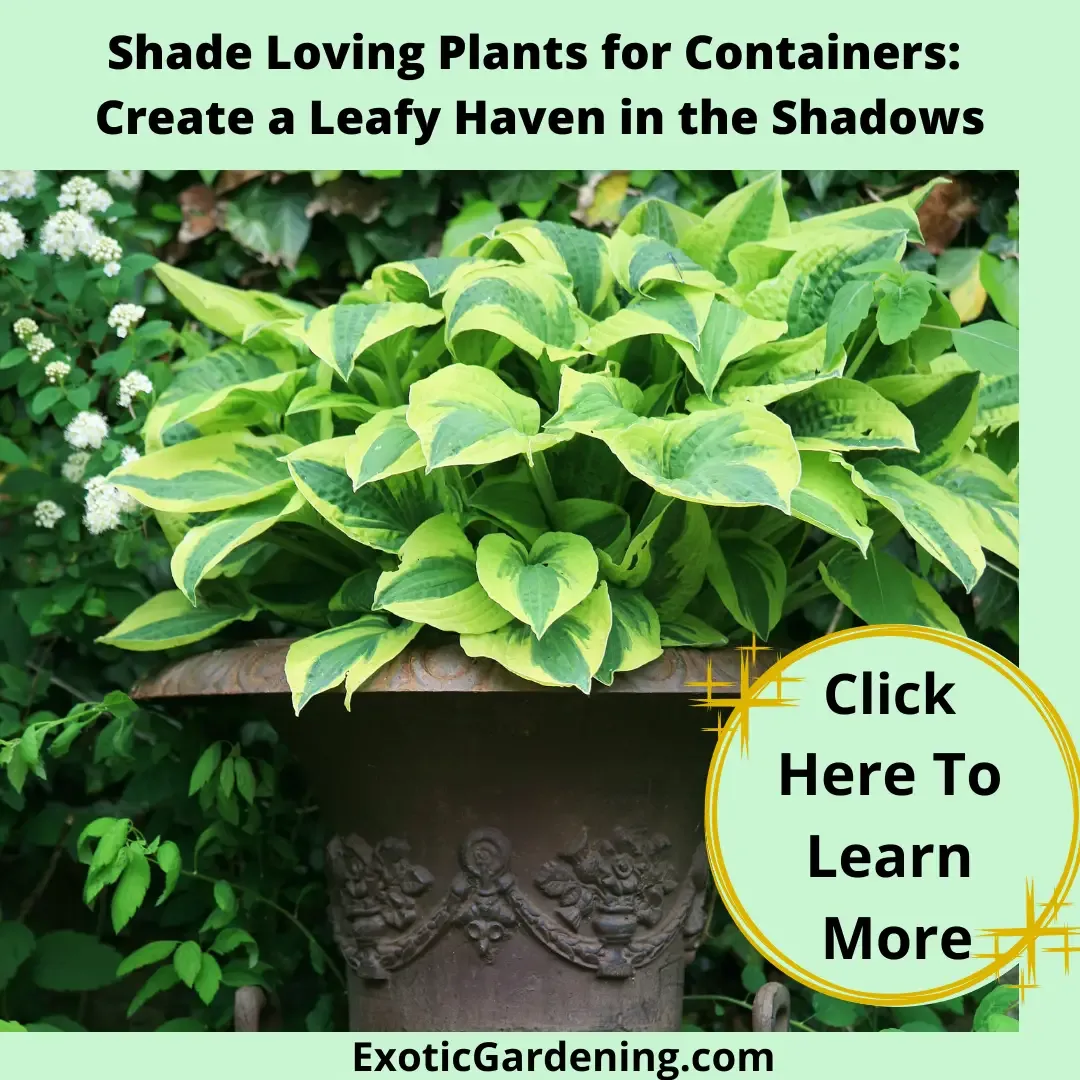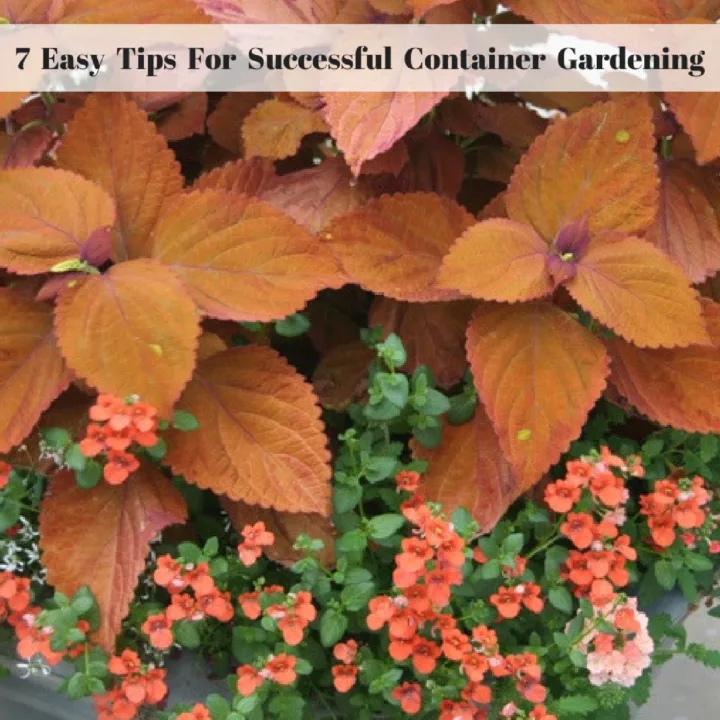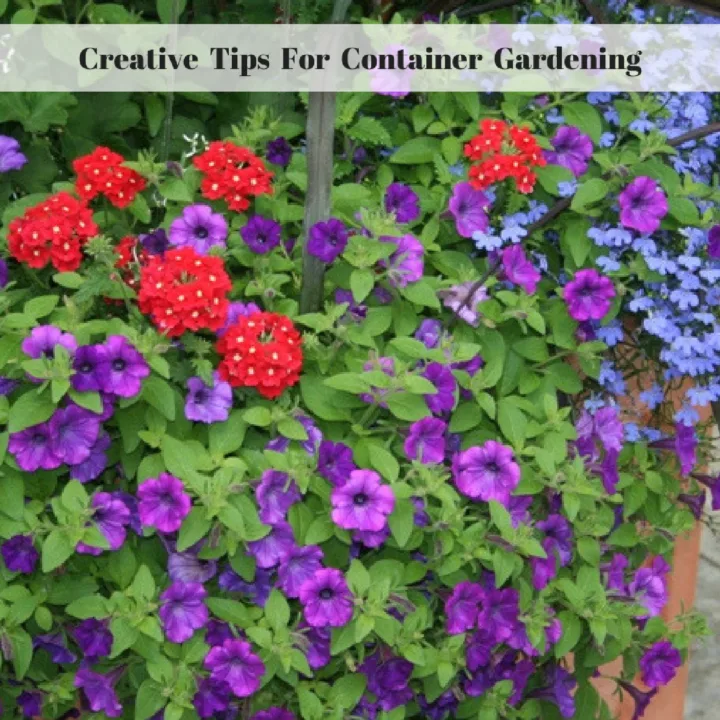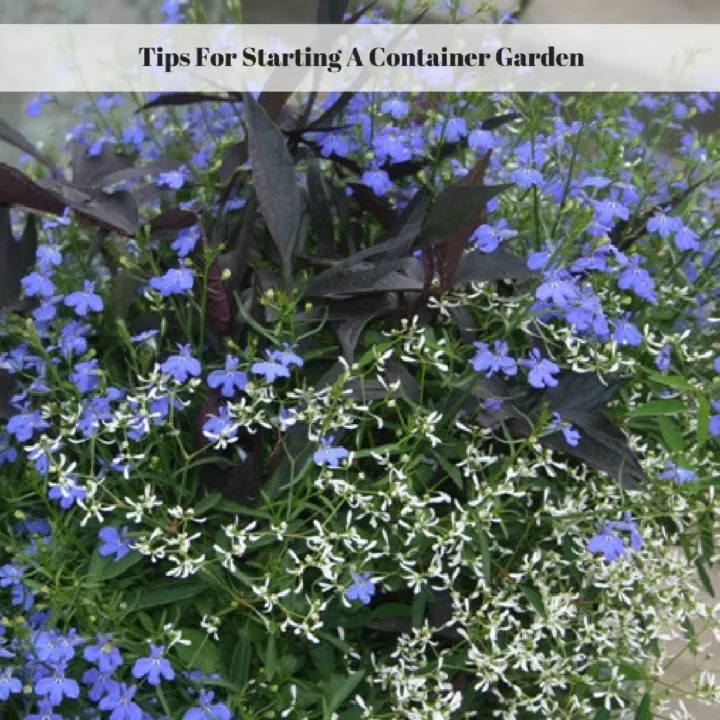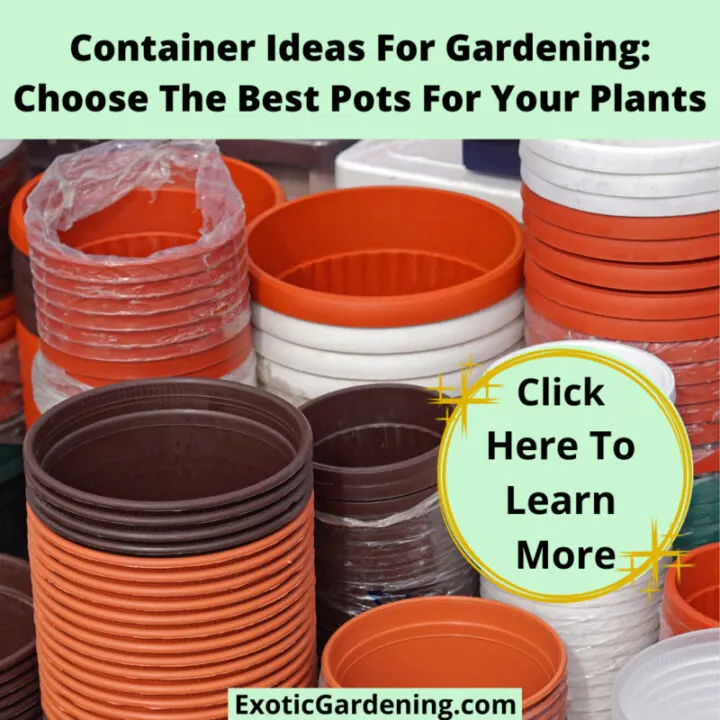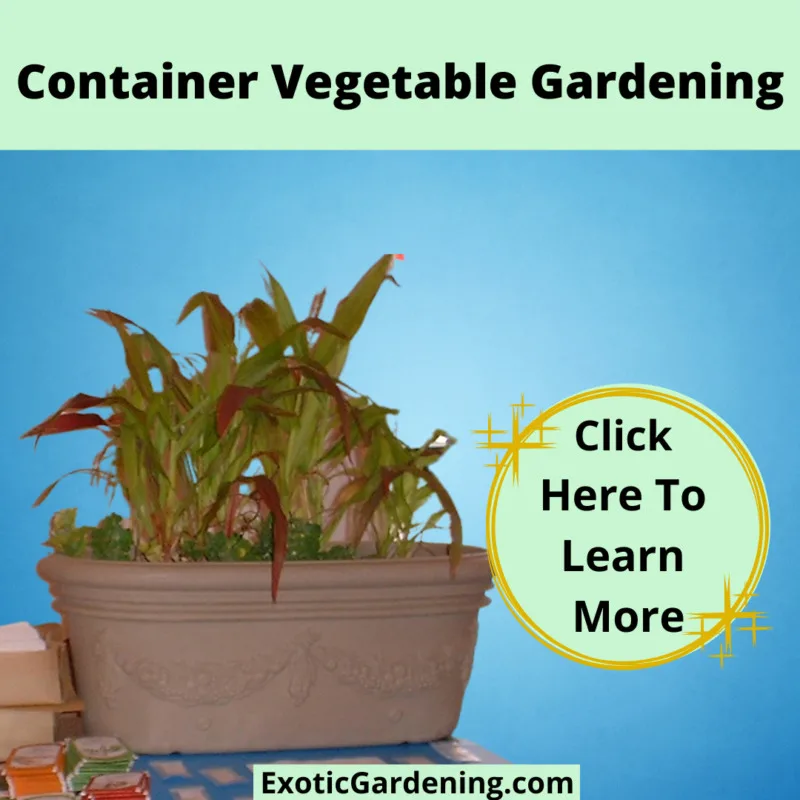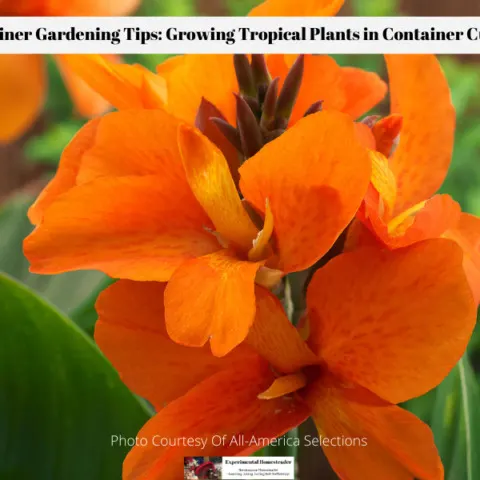Everyone wants a really awesome looking yard and you can have that with these container landscaping ideas even if you don't want to till your yard up.
Container landscaping is a type of landscaping where plants are grown in containers.
The idea of container landscaping is to grow plants in containers that are placed outside during the warm summer months and possibly brought back indoors in winter.
Container landscaping gives your space a certain flair and personality that could not be achieved with conventional landscape design.
With the wide variety of containers available, you are guaranteed to find something that speaks to you and makes a bold statement in your landscape.
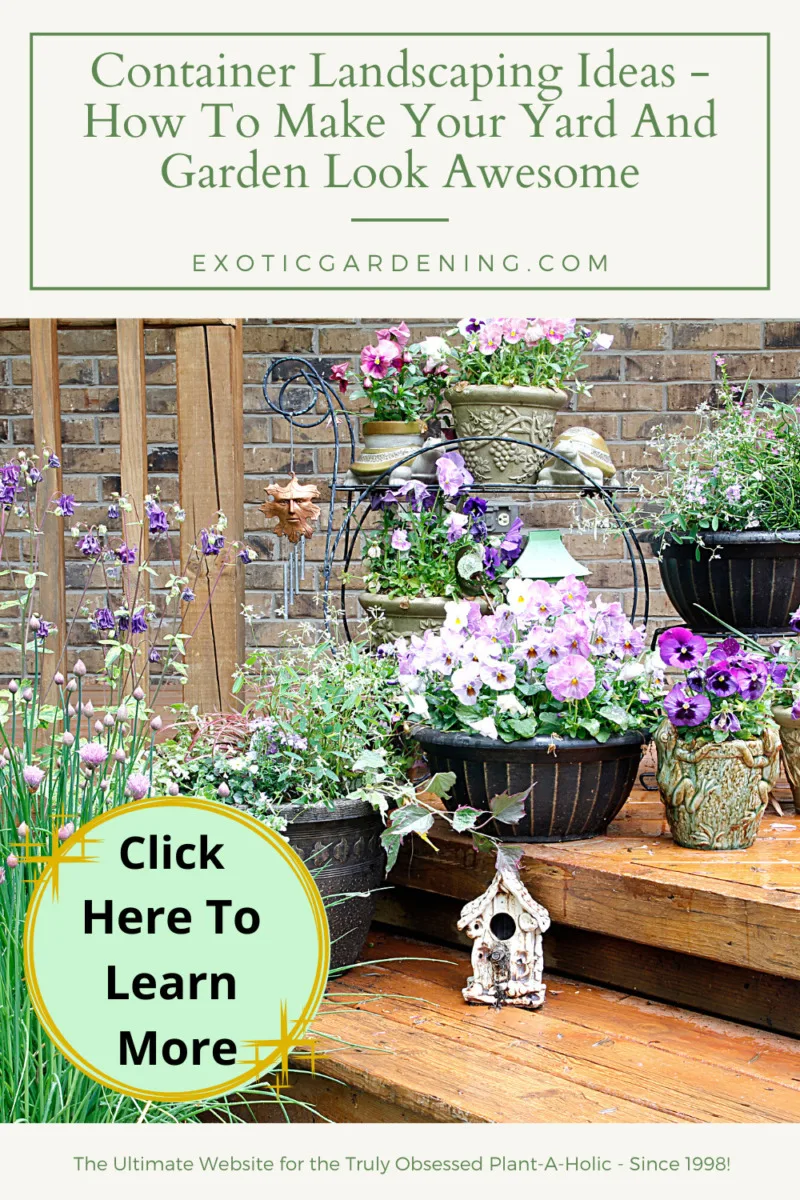
Benefits Of Container Gardening
Container gardening is a great way to enjoy the benefits of a garden without having to deal with the hassles of a large backyard or spending lots of money.
Some people have small yards, while others lack time or desire to maintain a yard, but everyone deserves the beauty and practicality of flowers.
Container gardening is an excellent alternative for growing flowers, vegetables, and herbs.
These gardens can be moved indoors during winter months when the weather gets too cold outside.
Container gardens are also perfect for patios and balconies that don't get much sun exposure during the year.
Container Landscaping Ideas
Container gardens are a great way to get your hands dirty without having to do the work of a full garden.
A container garden can help you grow vegetables, herbs, and flowers in an urban environment.
Container gardens come in many different shapes and sizes.
There are square containers, rectangular containers, round containers, long skinny containers and even upside-down bags that can be used as planters.
The size of the container will determine what type of plants you will be able to grow.
Choosing the right plant for your container garden is important because it will make sure that it is thriving in its new environment.
Not to mention there are no hard and fast rules that say you must only grow one type of plant in a container.
Mix them up and include vegetables, edible flowers or even herbs.
This is your opportunity to be creative, grow the plants that make you happy and not worry so much if the plants don't work out quite the way you had hoped.
It is easier to replace or remove plants grown in a container than it is those grown in the ground - especially if they turn out to be invasive.
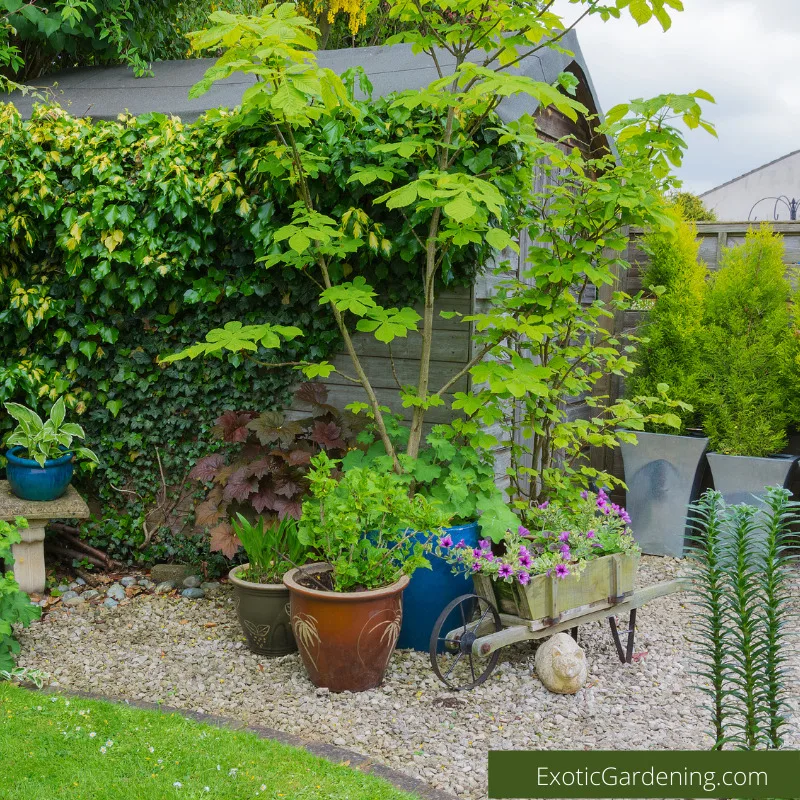
Things You'll Need For A Successful Container Garden
With a little bit of knowledge and time, you too can have a gorgeous container garden instead of a traditional in-ground garden.
Some of the things you'll need are:
- several containers (5-6)
- soil mixture
- organic compost
- organic fertilizer
- seeds or plants
- watering container or water hose
Once you have everything you need, the next, most important step is choosing the right location for containers.
Location Of An Outdoor Container Garden
Choosing a good location for your outdoor container garden is essential.
If you choose the wrong location, it could mean disaster for your plants.
The right location is one in which the plants get just the right amount of sun, are protected from harm from various outside influences, and is in a convenient spot for you to care for the garden.
The most important part of choosing a location for your container garden is choosing a place where the amount of sunlight is correct for your plants.
This may mean locating part of your garden in one area of your yard, and part of your garden in another area.
How To Create Shade For Your Plants
If you have several plants that require a lot of sun, and several that require shade, you’ll either have to split your garden into two sections, or you’ll have to provide shade to those plants that need it.
This can be relatively simple for a container garden.
If you just have a few plants that require shade, you can set up some sort of shade system.
Using a tarp or other shade system, you can fashion a frame over your plants that blocks sun for most of the day, depending on how much shade the plants need.
This way, you can locate your shade-loving plants with your sun-loving plants.
Location Location Location
Next, you need to be sure to keep your plants away from the street, if possible.
Pollution from vehicles on the road might damage your plants.
Cars can also kick up dust that could settle on your plants, and their tires can also potentially throw rocks and other debris that could damage plants or break pots.
You should also try to keep your container garden as close to your house as possible.
There are several reasons why you want to do this.
First of all, you need to be able to easily reach your garden to take care of it.
If you locate the garden too far from your house, you may be hesitant to tend to it.
Also, the closer to your house your garden is located, the less likely it is that it will be harmed by critters.
Rabbits, deer, gophers, and other garden pests don’t like to get too close to human scent.
If you keep your garden closer to your home, the animals will be able to smell your scent more strongly and might be unwilling to approach your garden.
Another great reason for locating your garden near your home is in case you need to move your plants indoors.
Sometimes you might have unexpected bad weather or other problems, and you might find a need to bring your plants inside to protect them.
If the plants are closer to your house, they’ll be easier to bring in.
Large Plants And Potential Pest Issues
If you have had a garden in a particular location in the past few years, and it had heavy infestation from insects, you might consider putting your garden in another part of your yard.
Sometimes pests will return the following year to a previous location in search of the same food they had the year before.
If you relocate your garden, you have a small chance of keeping these insects from finding your garden this year.
If you’re growing very large plants like corn, choosing the right location from the start is extremely important.
These large plants may be too heavy or too awkward to move safely, so they must be located correctly from the beginning.
Careful planning can avoid any location disasters, so be careful to plan your garden thoroughly.
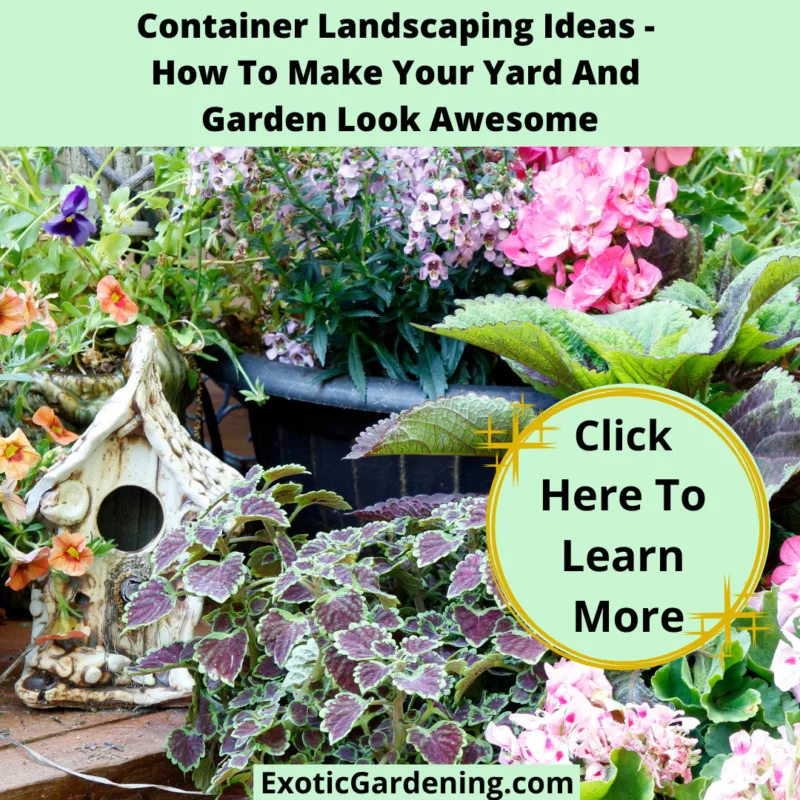
Add Accessories To Make Your Garden More Interesting
Lastly, add some accessories to make your garden more interesting.
Once you have a variety of plants and flowers, add some color.
The more color you provide, the better!
Add some paths and winding walkways for people to enjoy the garden.
You can also add water features with fountains and ponds or even wind chimes to add a soothing effect.
Remember your container landscaping ideas should include all elements of a true landscape and not just be a random collection of pots filled with plants.
Container Gardening
Benefits Of Container Gardening During Changeable Weather Conditions
Changeable weather conditions certainly impacts gardeners who wish to grow their plants in the ground, but there is a solution. Learn about the benefits of container gardening and how it can help gardeners deal with climate change!
Easy To Grow Tomatoes Ideal For Container Gardens
Ever wonder how to grow tomatoes in pots outside? Start with these easy to grow tomatoes that perform well when grown in containers indoors or out!
Growing Edible Crops In Pots
Have you considered growing edible crops in pots? From dwarf fruit tree to herbs and even vegetables it is fun and easy to do.
Easy Guide to Growing Potatoes in Straw-filled Containers
Unearth the secrets of successful container gardening with our in-depth guide to growing potatoes in straw for a bountiful harvest.
Creative Container Flower Gardening Ideas
Learn what is necessary to take your creative container flower gardening visions from an idea to an actual container garden with that wow factor!
Shade Loving Plants for Containers: Create a Leafy Haven in the Shadows
Explore the allure of shade-loving plants like hosta, bleeding hearts, and hellebores in containers under a serene shade tree canopy.
7 Easy Tips for Successful Container Gardening
Show your passion for successful container gardening by excelling at it. These 7 container gardening tips are sure to increase your success.
Creative Tips for Container Gardening
Think outside the box with these container design ideas. Create creative containers filled with flowers, herbs or vegetables.
Tips For Starting A Container Garden
Growing plants in containers is an ideal alternative to growing plants in the ground. Check out these tips for starting a container garden.
Container Ideas For Gardening: Choose The Best Pots For Your Plants
When it comes to container ideas for gardening there are many choices from wooden pots to things you have laying around your house.
Container Vegetable Gardening
Container vegetable gardening is ideal for people who rent or for people who have limited mobility but want to grow their own vegetables.
Container Gardening Tips: Growing Bulbs and Tropical Plants in Container Culture
Growing tropical plants in container culture can be challenging but once you figure out how to get them to thrive, it is very rewarding.
